WATER RUNNING
September 13, 2013
Today I’m excited to share something that has become a part of my training for my upcoming marathon: water running.
As I have mentioned before, I was plagued with injuries heading into this training season. Pregnancy (and a dance career) really did a number on my body, particularly my back. I had intense pain every time I would get over a mile. I’ve done all kinds of things to combat it– Pilates, acupuncture, physical therapy, chiropractor, stretching, and I’ve taken up water running at the suggestion of my trainer, Scott Browning. Scott is a running expert and he taught how to water run. It’s been such an interesting part of my training, I asked him to share it with all of you. It took a time or two getting used to it, but now, my body craves it. And you can’t get a more impact-free cardio exercise. Good for your body all around.
I love to water run really early in the morning when the pool is empty and it’s dark and quiet. It’s so beautiful to watch the sun rise while running across the pool. Below, Scott breaks it all down.
Q) What is water running?
A) Water running is simply mimicking how you run on the land in deep water. You simulate the motion of running in a deep water environment generally using a wet vest or floatation belt.

Q) What is the purpose:
A) Most people use water running to maintain fitness levels during a period of injury, although many runners have started to use it as a supplement their running routine. When done correctly, water running uses the same muscles and neurological patterns as dry land running. It also stresses the cardiovascular system allowing fitness to be maintained or increased. The big advantage to water running is it gives sport specific benefits of running without the pounding. Studies have shown that injured runners who use water running during their injury recovery maintain fitness and return to sport at a faster rate. Many runners have started to implement water running to increase their weekly volume without the added ground reaction stress on the body.
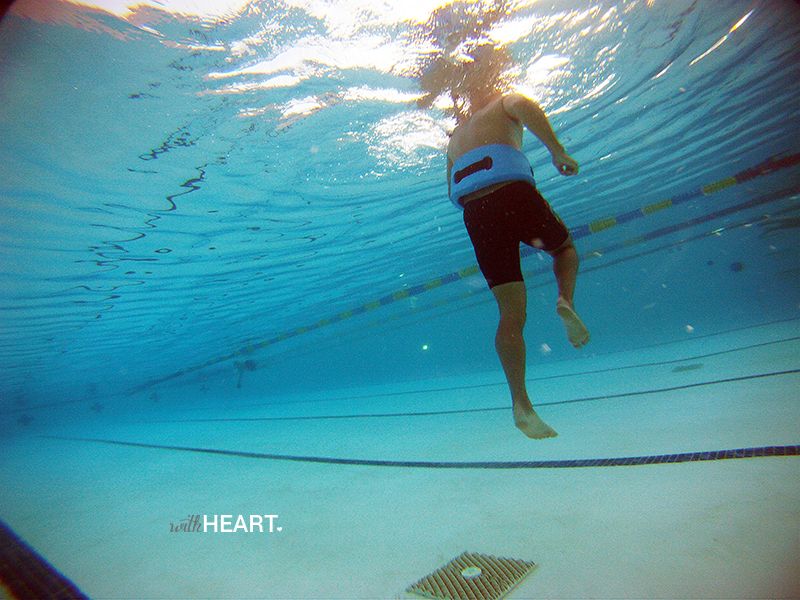
Q) Sounds like it’s similar to treading water– what’s the difference?
A) Treading water generally involves a whip kick or frog kick and sculling motion with the hands to stay afloat. Also, treading water involves finding the most efficient method for staying afloat without the aid of a floatation device. Water running is very sport specific and mimics the motion of running while taxing the cardiovascular system. The specificity of the motion is what make it different.
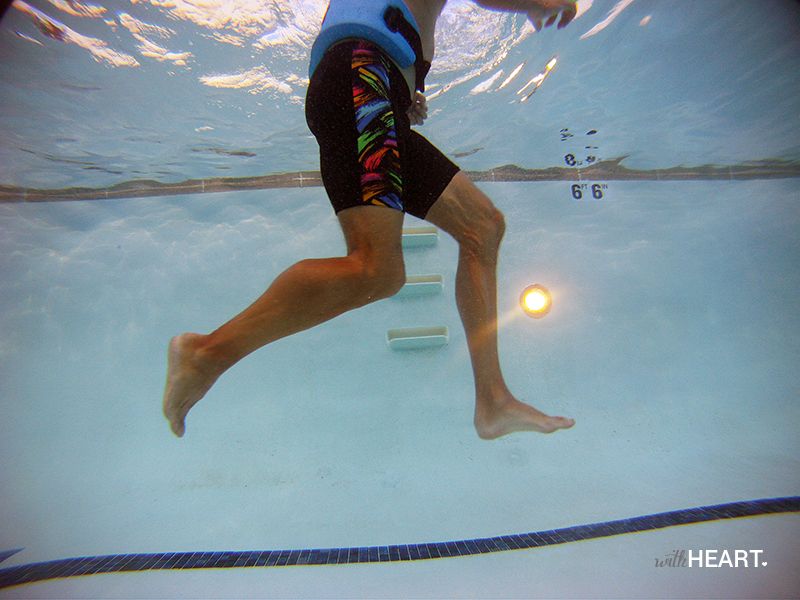
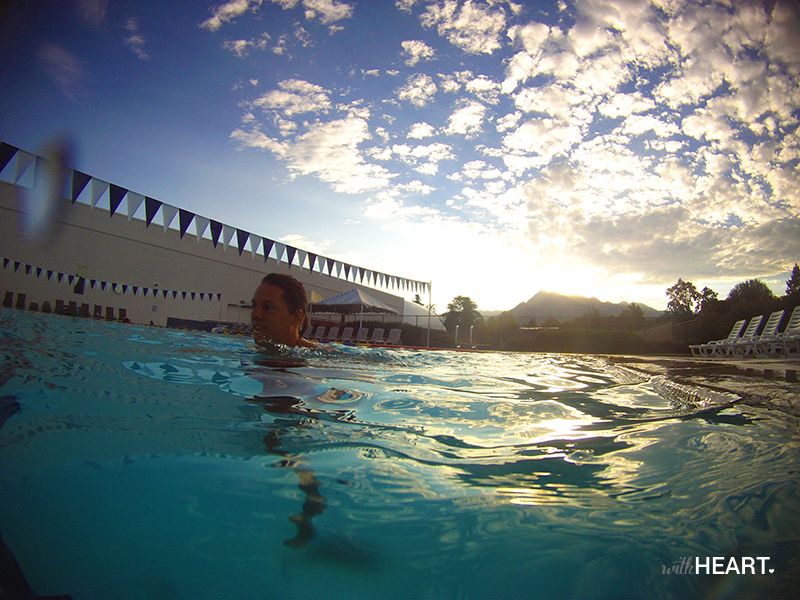
Q) What is the trick to water running correctly, and do I need any equipment?
A) The trick to water running is to mimic dry land running as closely as possible while putting in the exertion to get the benefits. A wet vest or water running belt is used to keep the body in the correct position in deep water. In order to make water running effective a considerable amount of effort has to be expended so your perceived exertion is much higher running in deep water versus dry land.
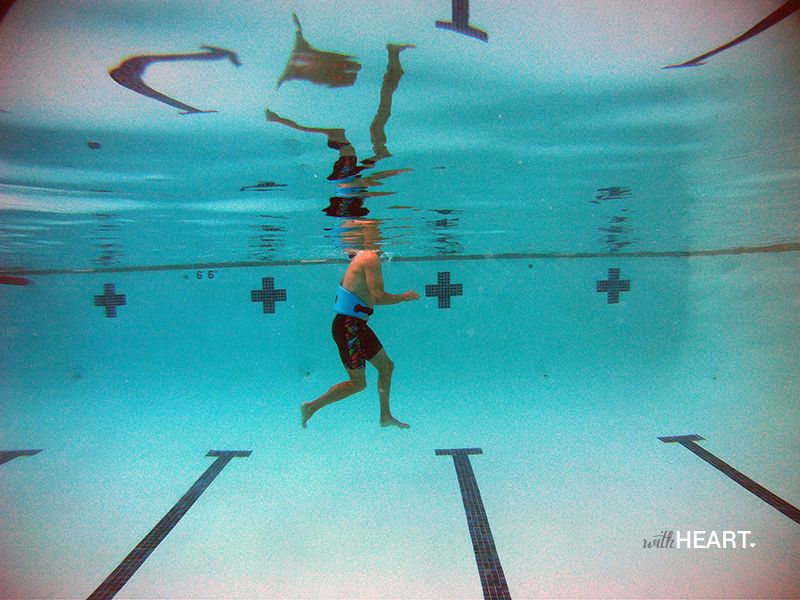
Q) How long should I do it for?
A) Water running workouts are generally broken down into 3 segments: Warm-up, Main set, and Cool-down. The warm-up period is a gradual increase in work to raise the heart rate, respiration, and core and muscle temperature. This is a good time to practice proper technique and prepare for the main set. Warm-up generally lasts from 7-10 minutes. The main set is generally interval based, although sustained running is sometimes used, and involves periods of work ranging from 1-10 minutes with shorter recovery times. During the recovery after each interval you continue to run at a reduced effort allowing heart rate to drop. Recovery periods are from 1 to 3 min depending on the length of the hard interval. A common set would be 10×2 min with a 1 min recovery. The cool-down period is just the warm-up in reverse, a gradual reduction in activity lasting from 5-10 min. Total workout time for a pool run is 30-90 min.
Sample set:
10 min warm-up. 10 x 2 min hard effort with a 1 min recovery.
10 min cool-down.
Workout time: 50 min.
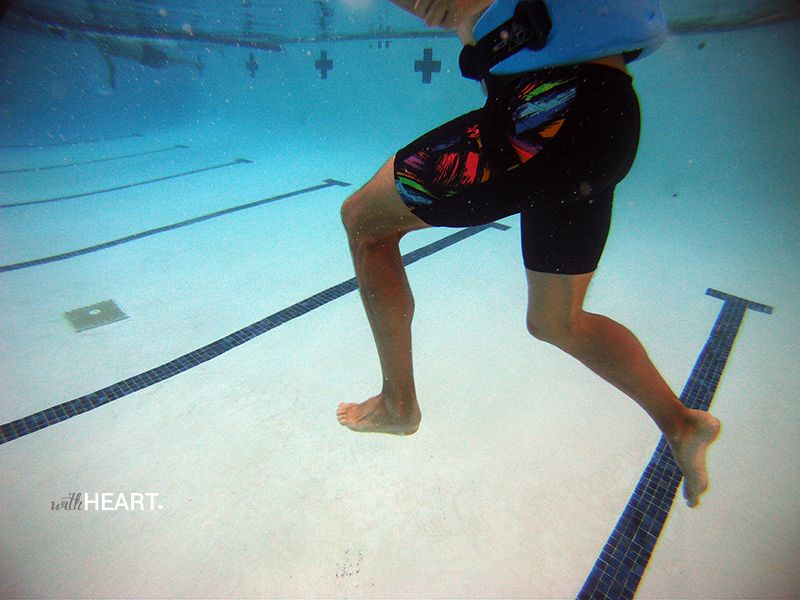
Q) Man, it gets boring in there! Any tips for making the time go faster?
A) Music always helps. Getting a waterproof music player and headphones makes water running more enjoyable. Also, share the fun, get a friend or a group of friends to come with you. Sadly, there is never a shortage of injured runners, contact your local running club and ask for people to join you. Play games in the water, you naturally move slightly forward while water running, count laps, or make patterns in the pool during your intervals to keep things interesting.
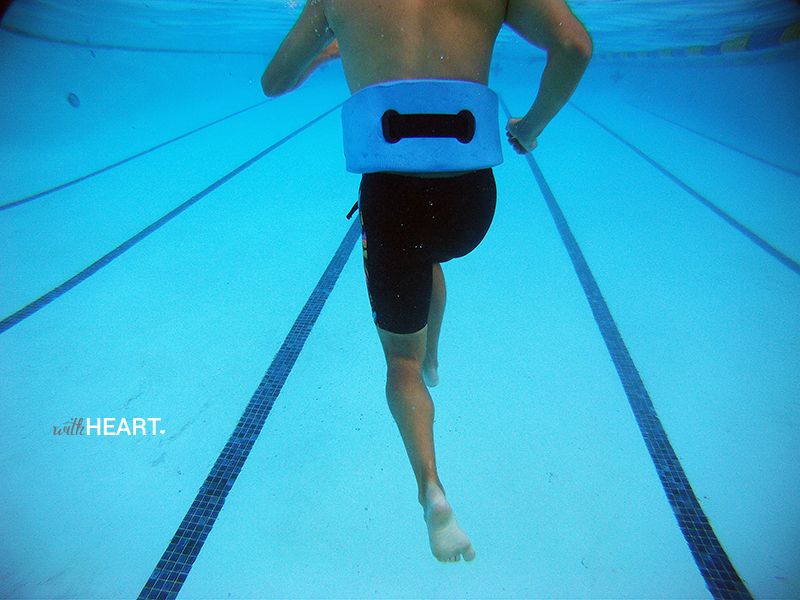
Q) What are the main benefits, and how quickly will I see results?
A) The main benefits comes from specificity, you use the same muscles in the same neurological patterns that you do in dry land running. You can maintain your cardiovascular fitness and keep your running muscles conditioned so your return to dry land running is smoother and quicker. There is a learning curve to water running and the resistance from the water can be fatiguing when first starting. This period usually last for a week or two and then you will start to really utilize water running to maintain or increase your fitness. Many runners continue to use water running as a weekly supplement to their dry land running because they can get many of the same benefits without all the pounding.
Q) Anything else I should know before I hop in the pool?
A) Be patient and take the time to practice good form when first beginning. The better your form, the more positive the benefit! Check with your local pool about open swim hours and be respectful of others using the pool. You need water deep enough so you cannot touch the bottom with your vest on, generally 5 feet or more.
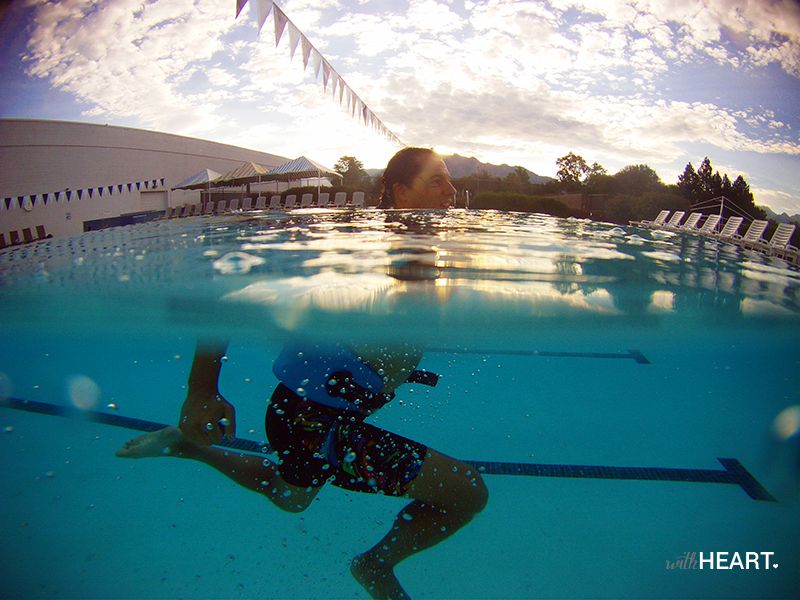
Thank you so much to Scott, and thanks to James Young for the brilliant photos of Scott in the pool.
Now, go get a swimming belt and get water running!




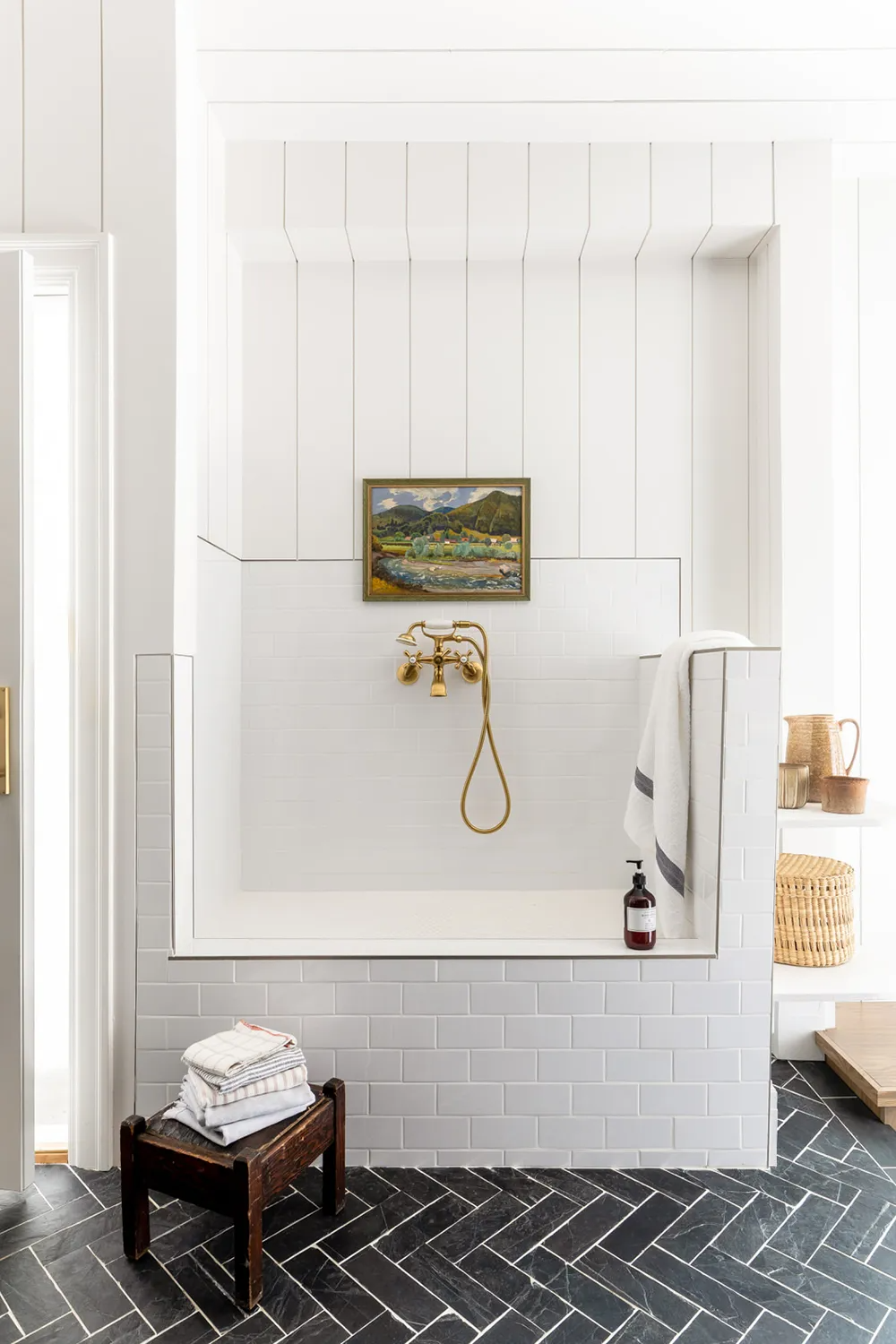

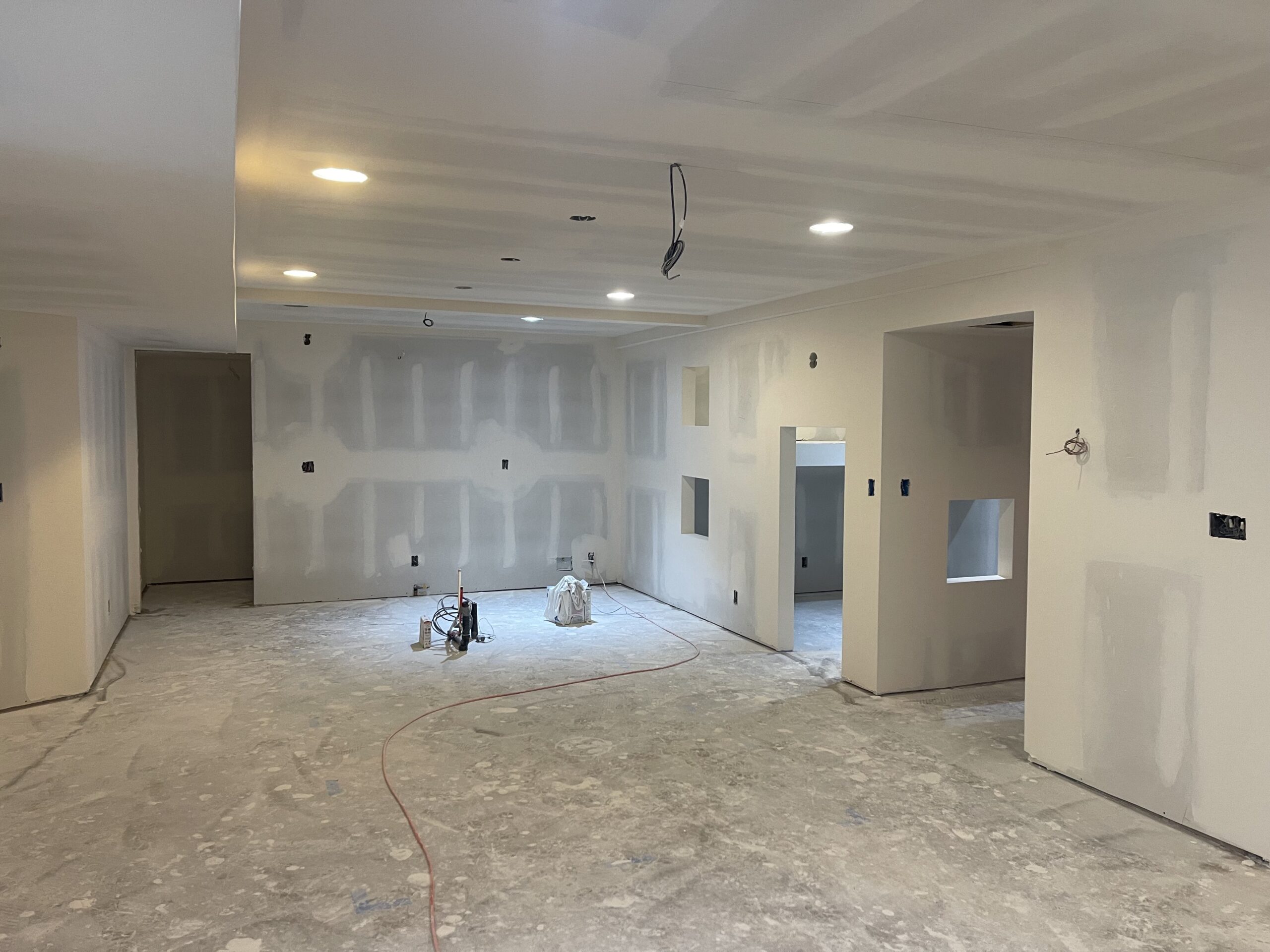















































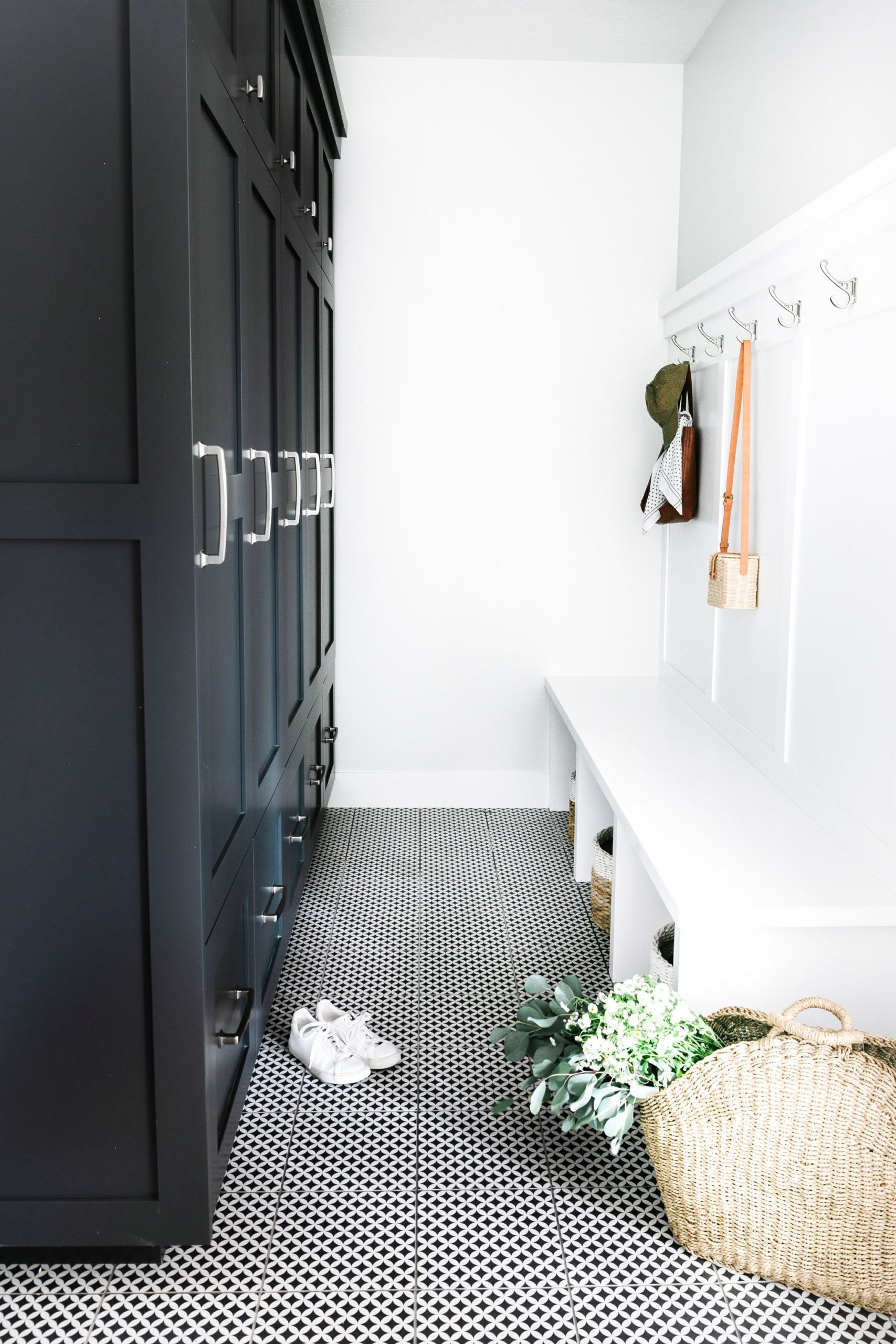

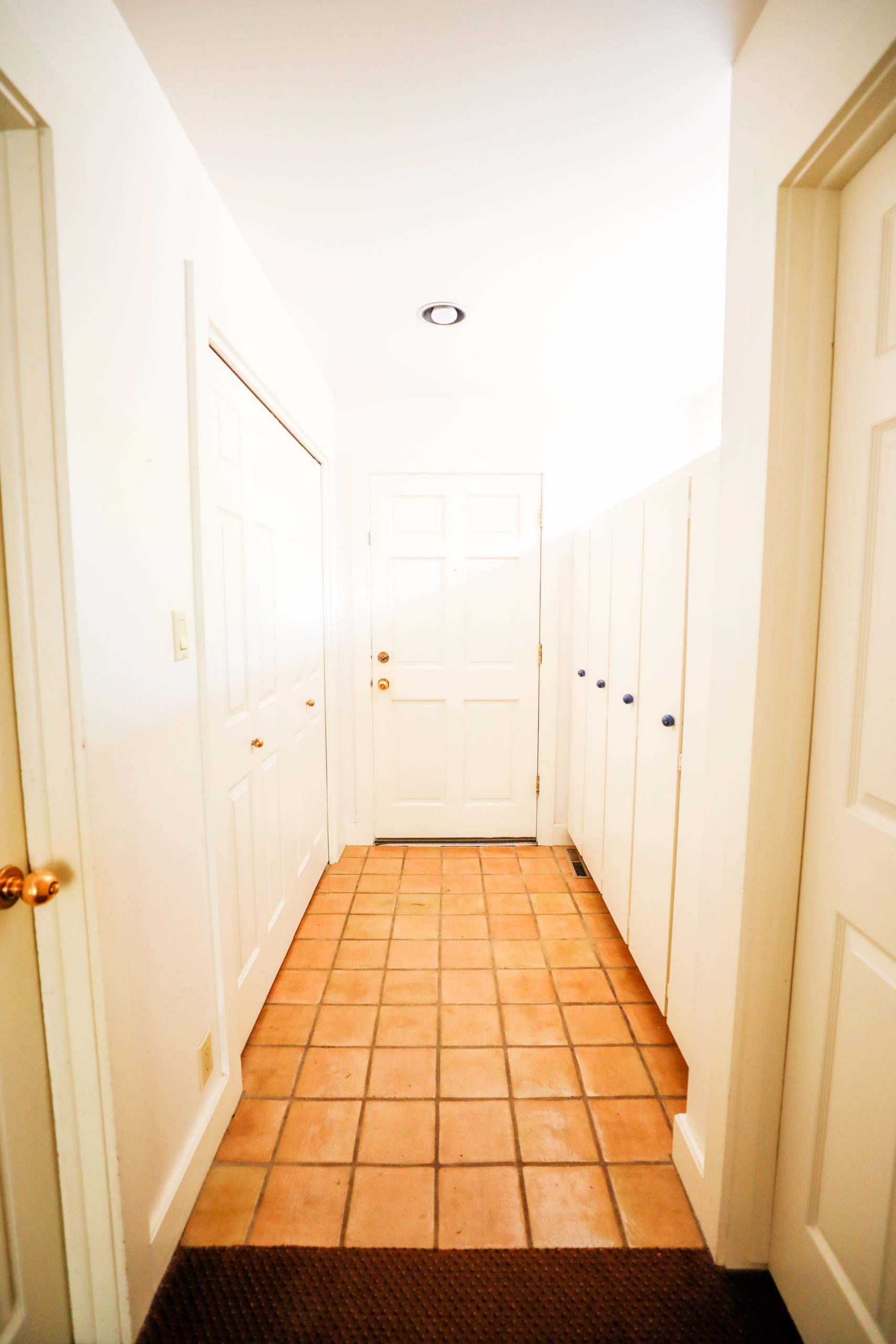
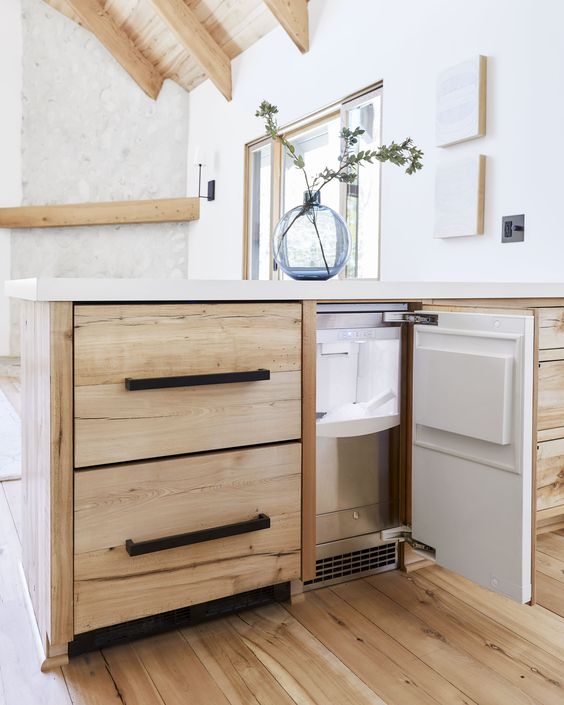




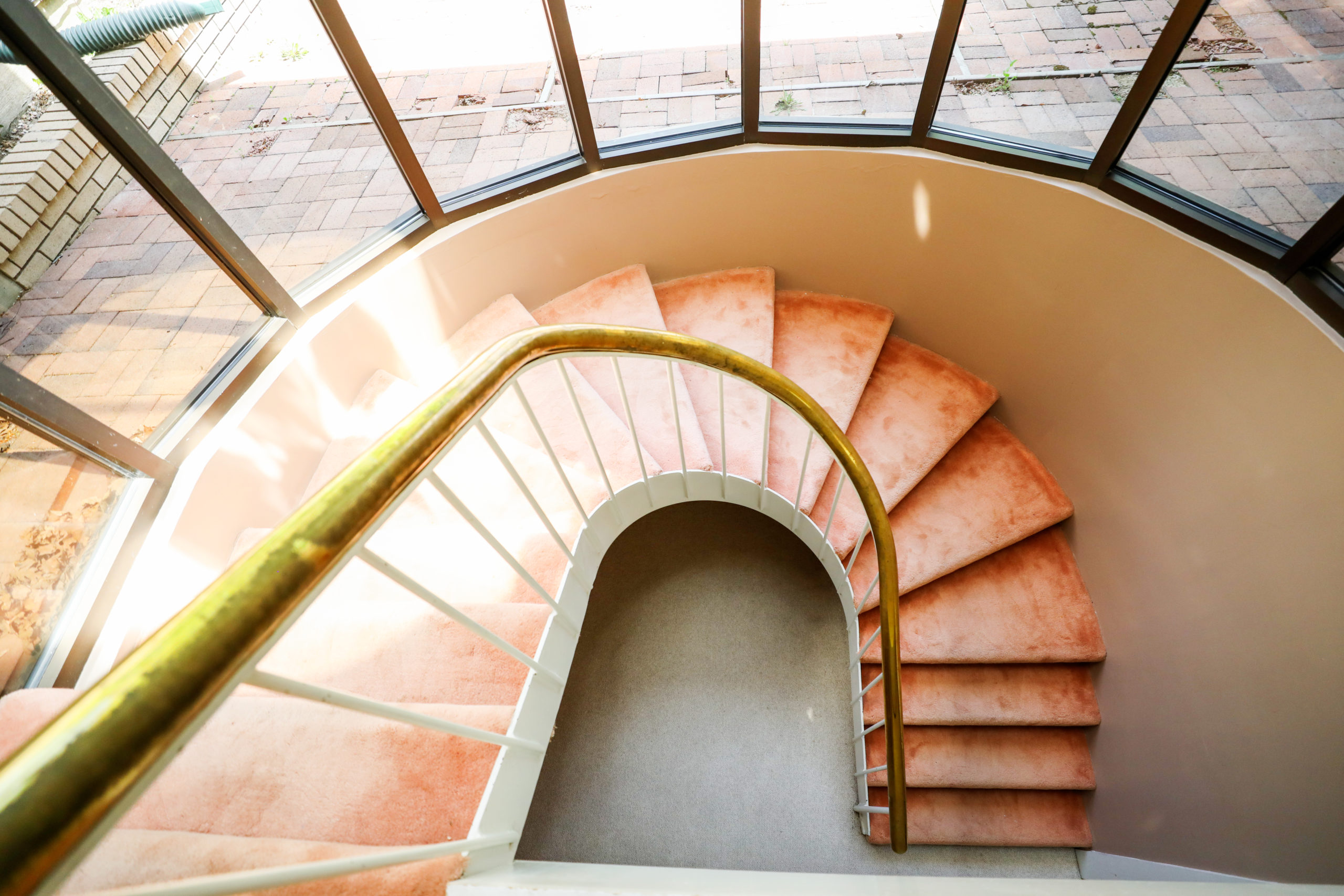





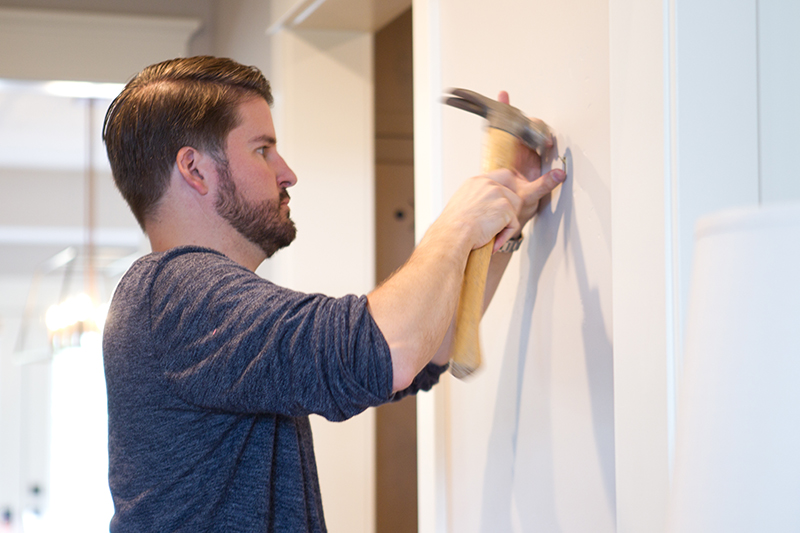

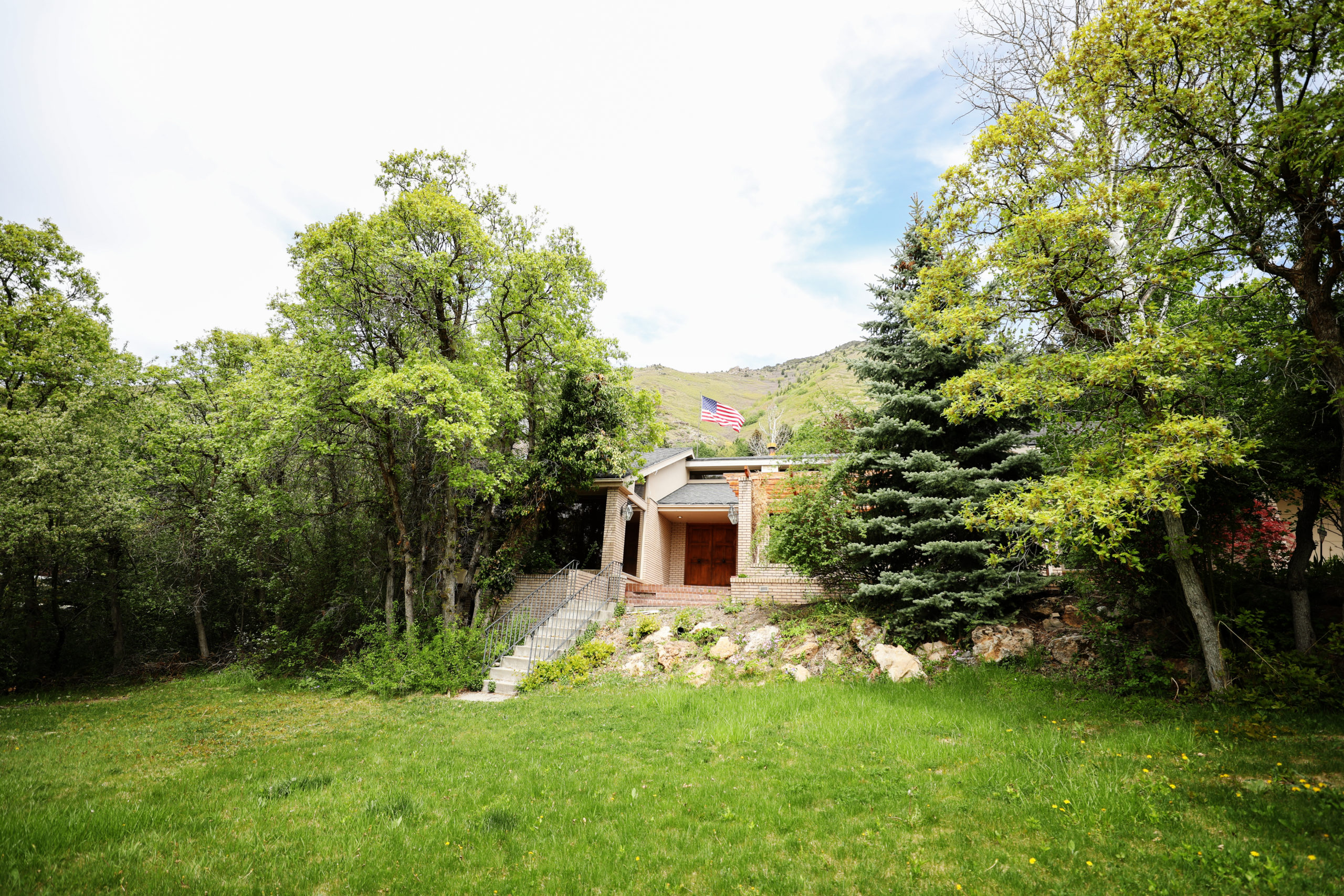


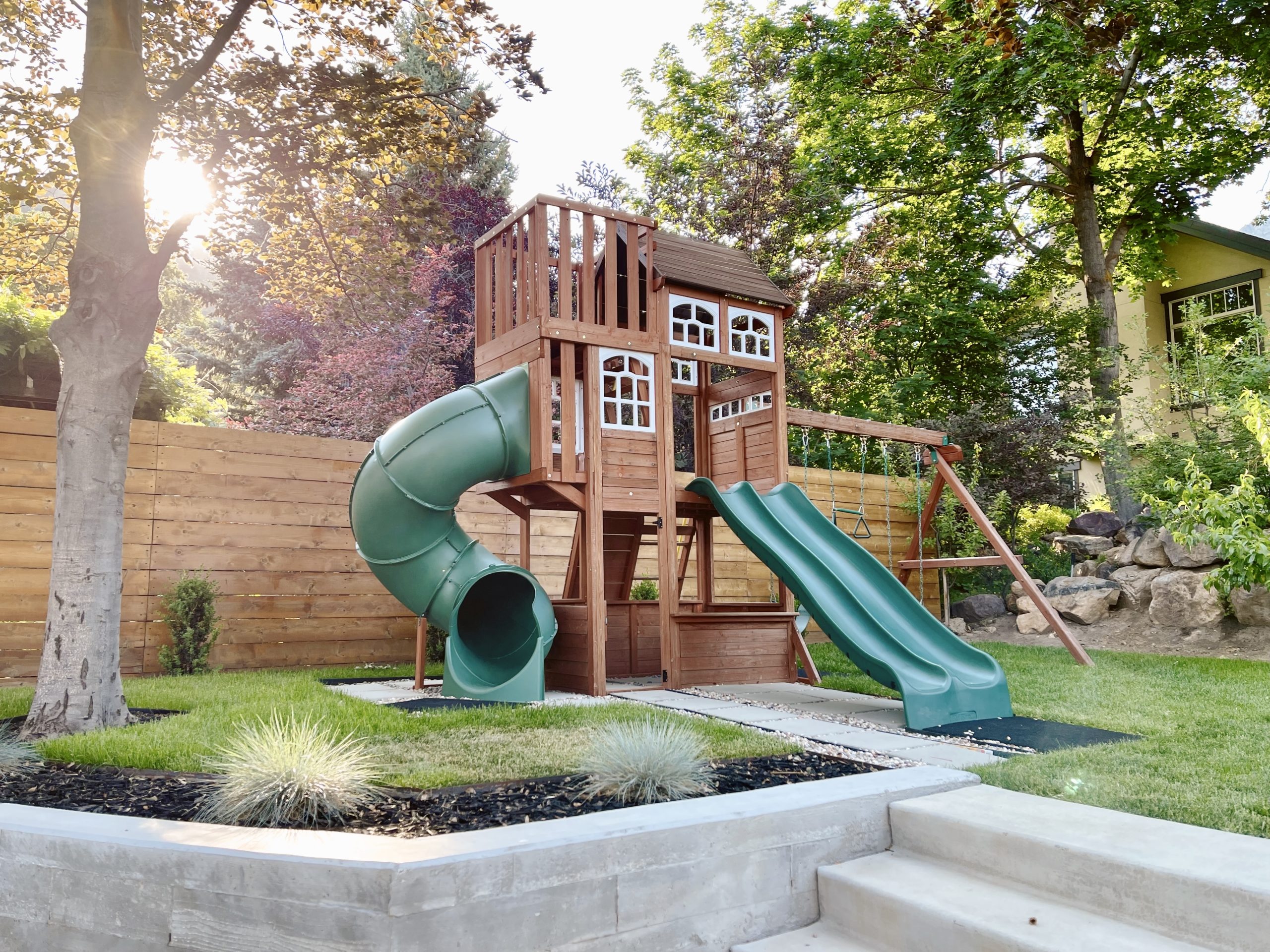





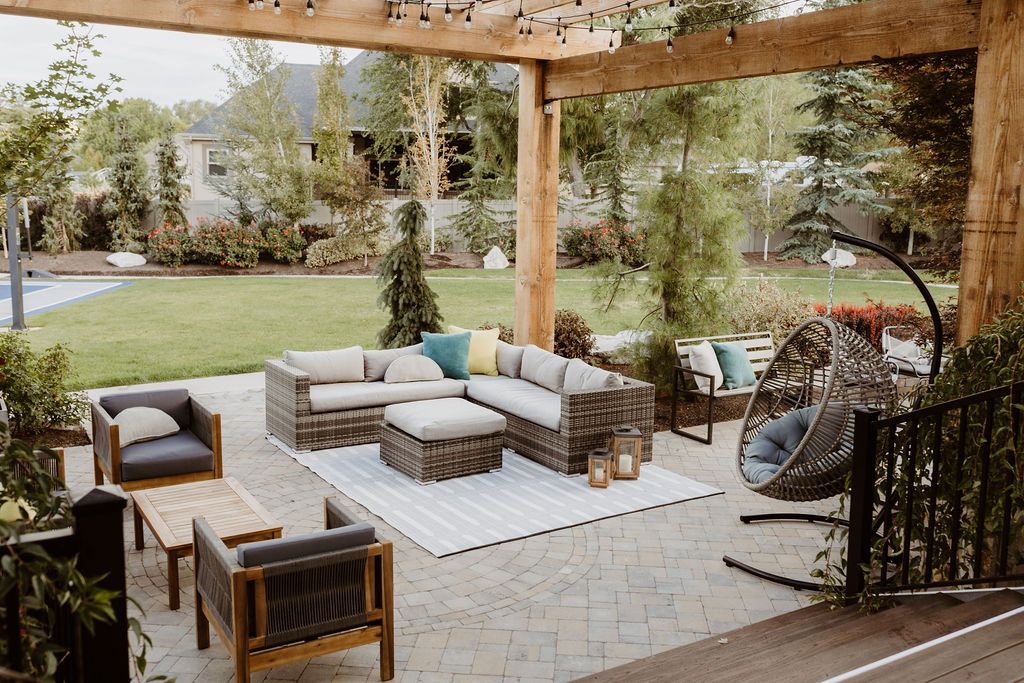

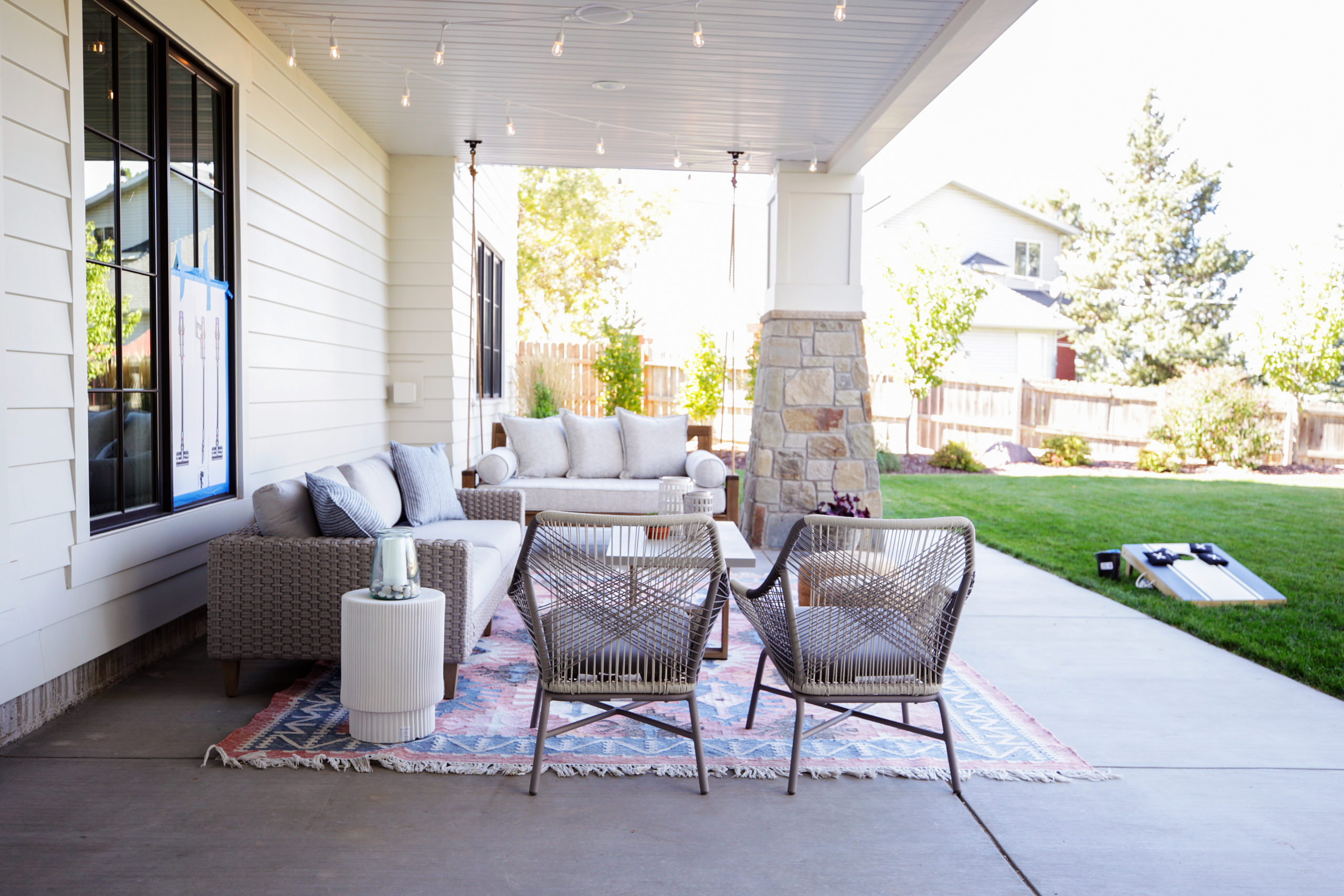












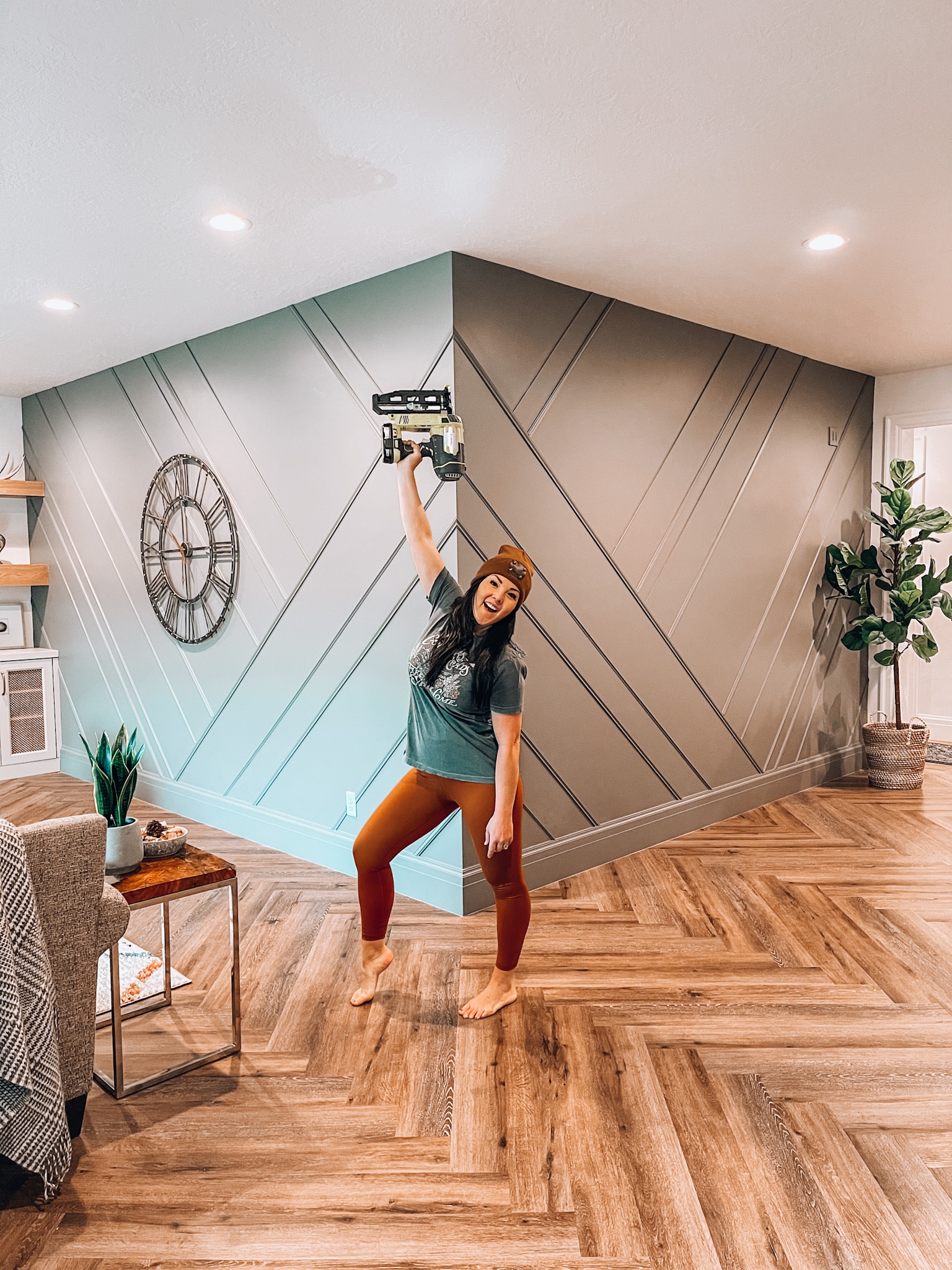
















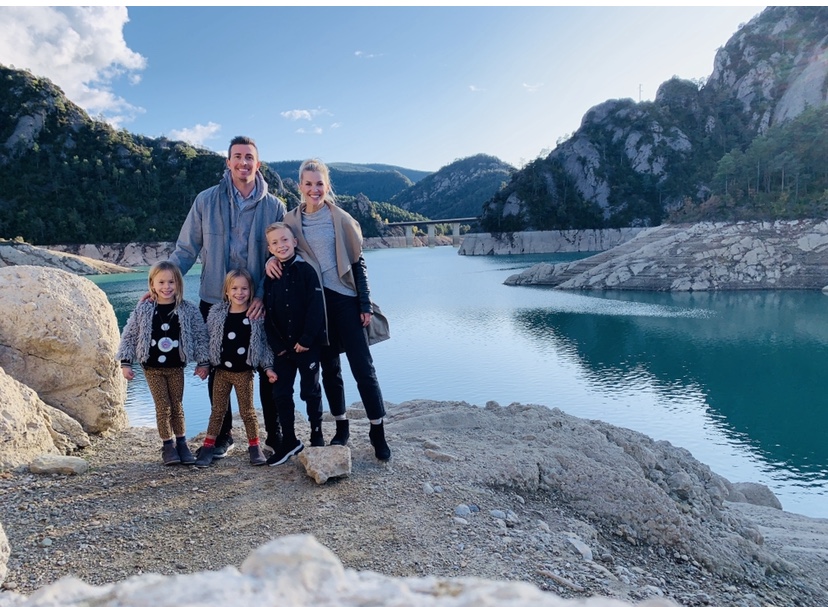
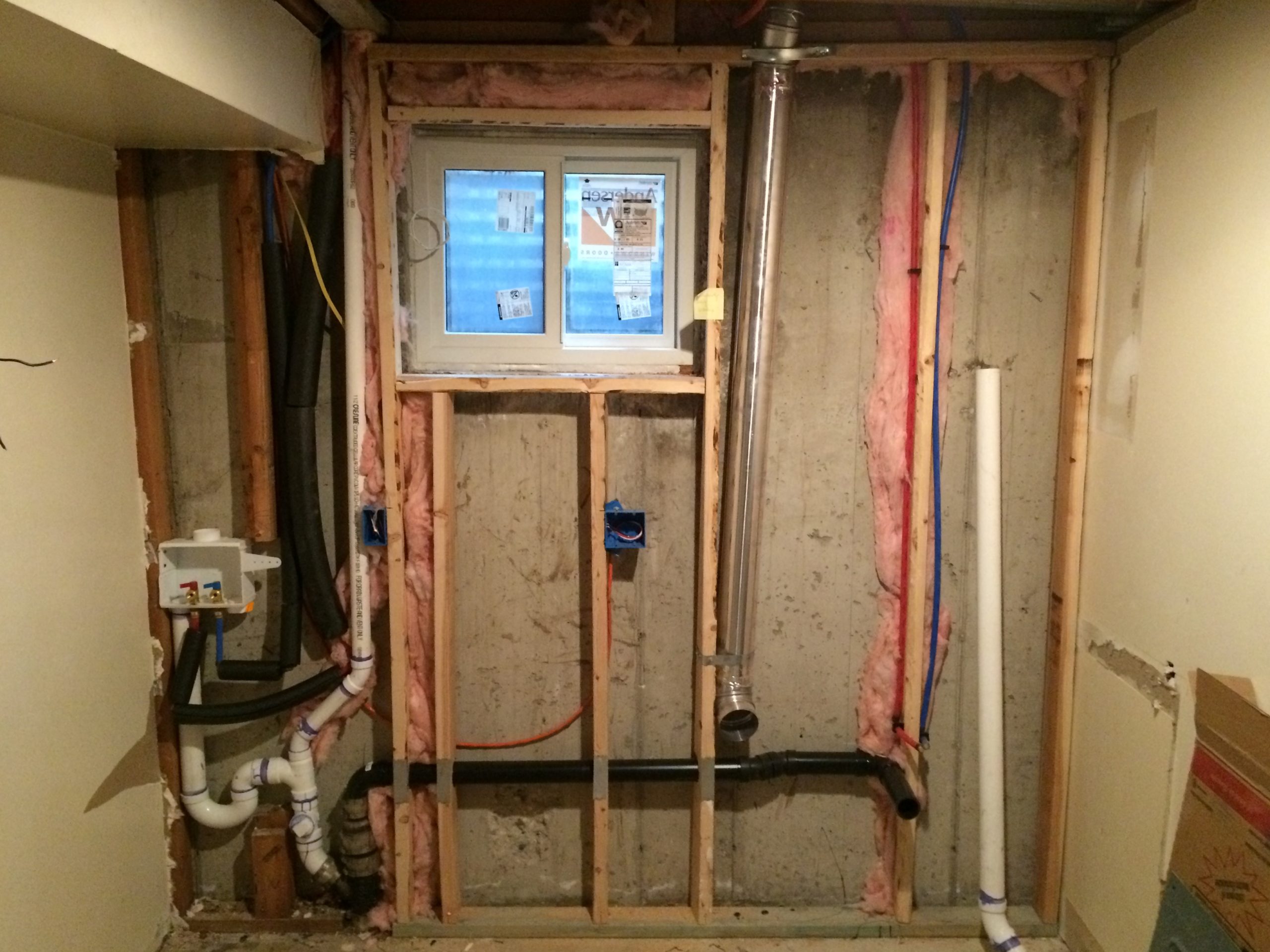














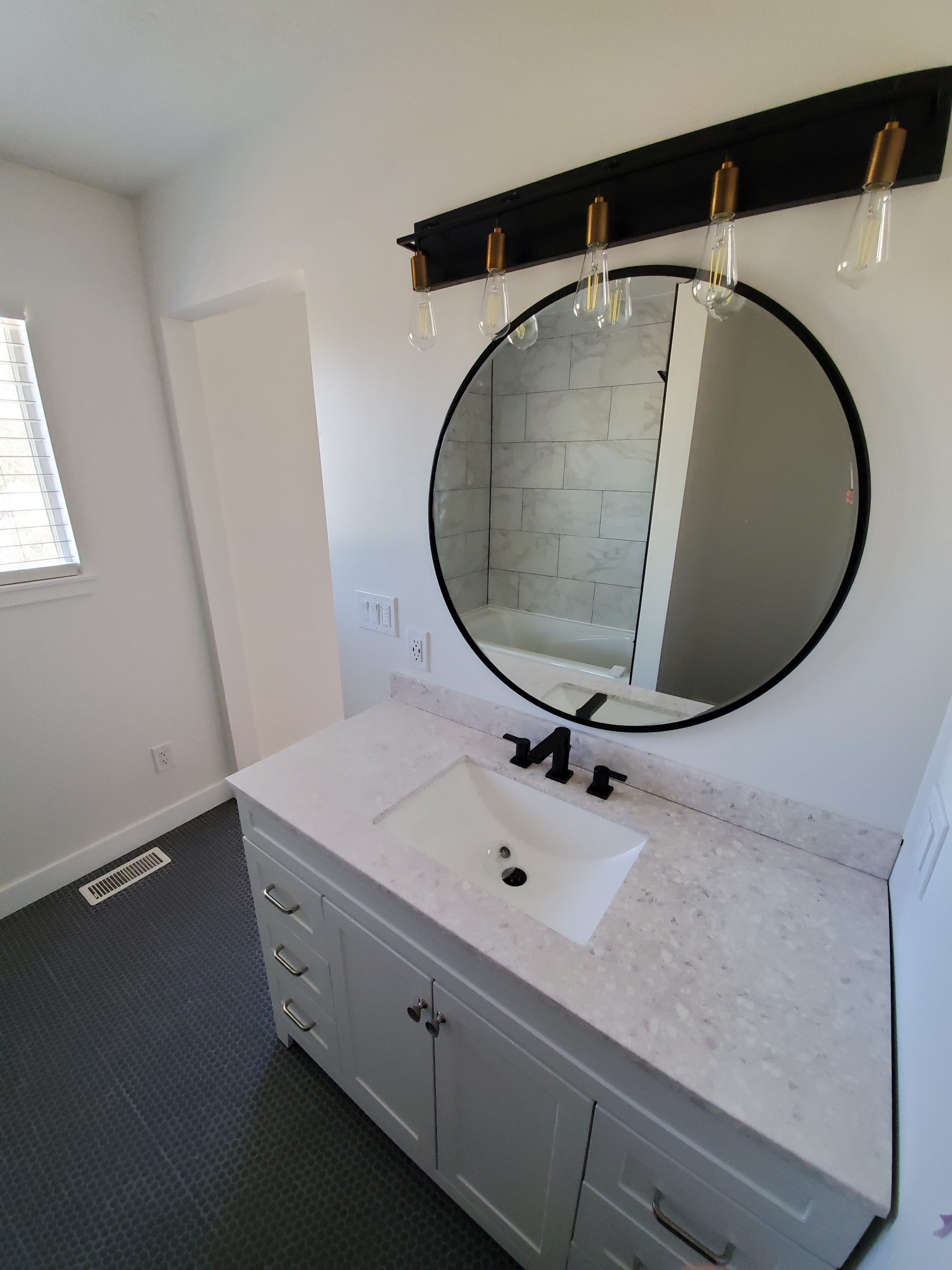









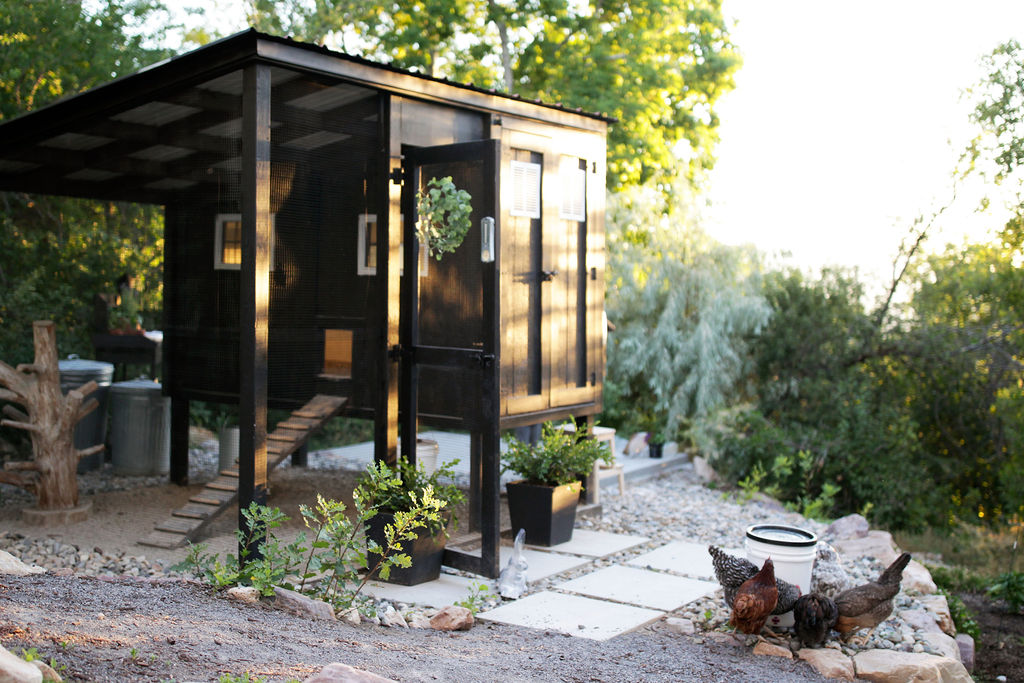









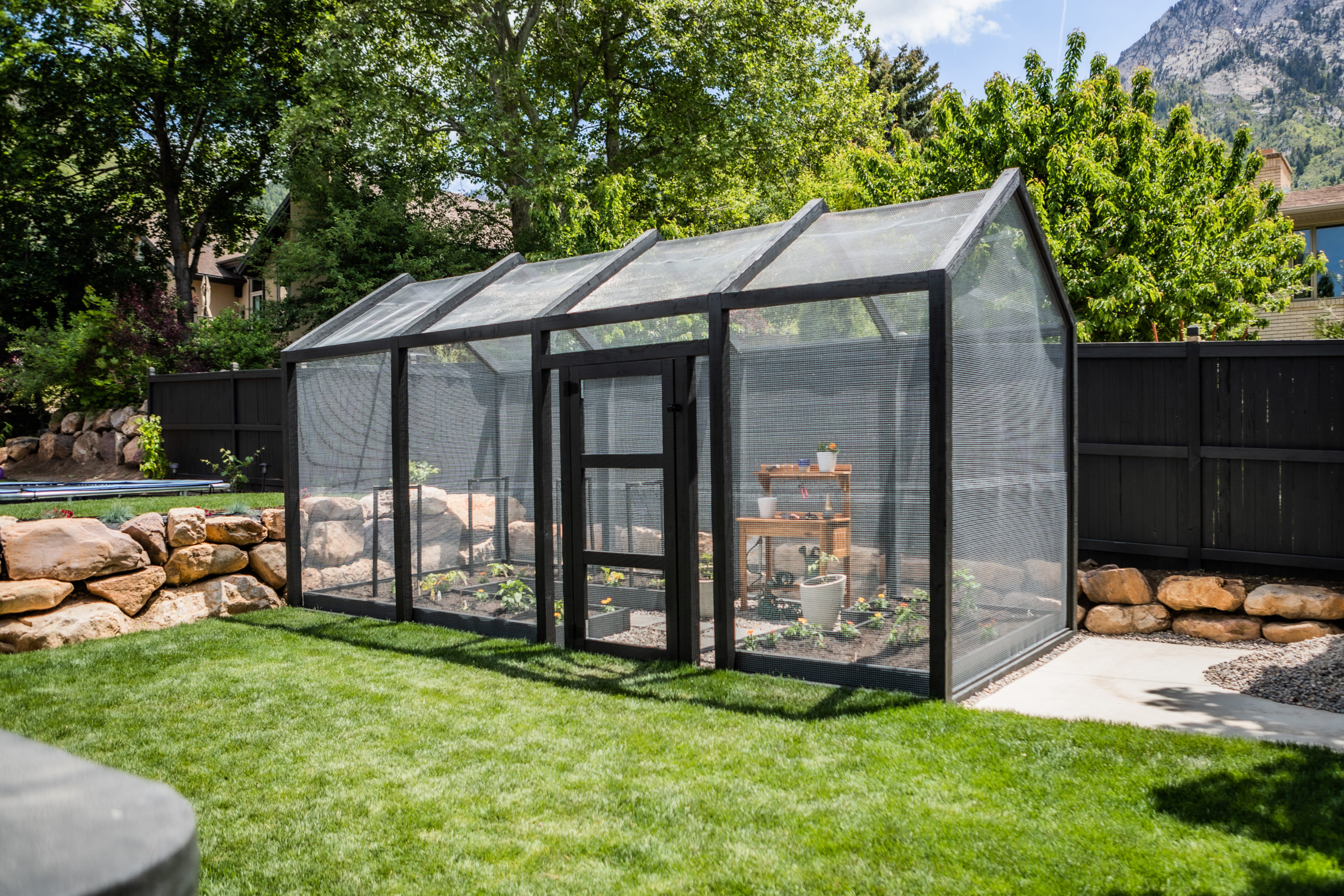

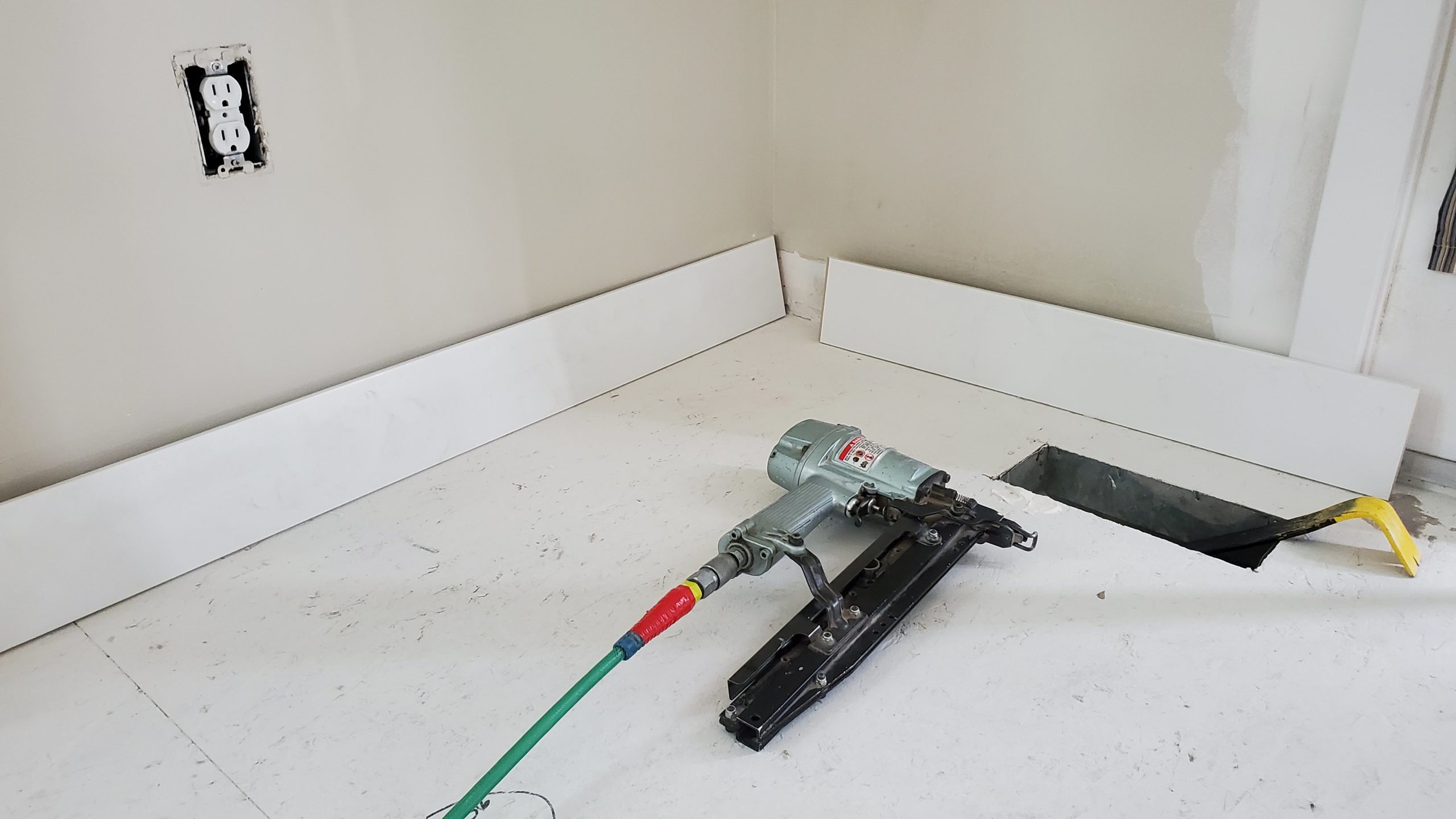

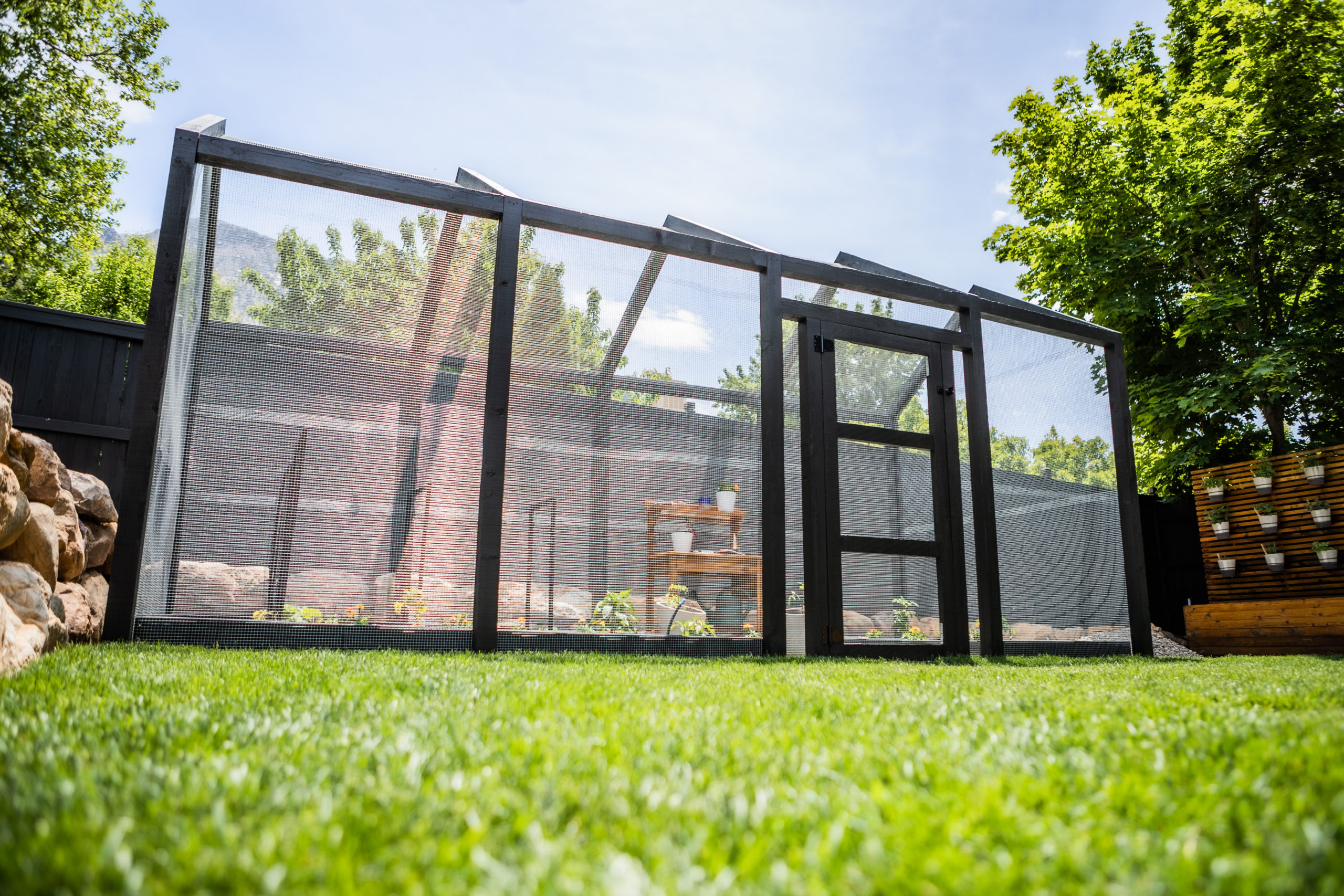








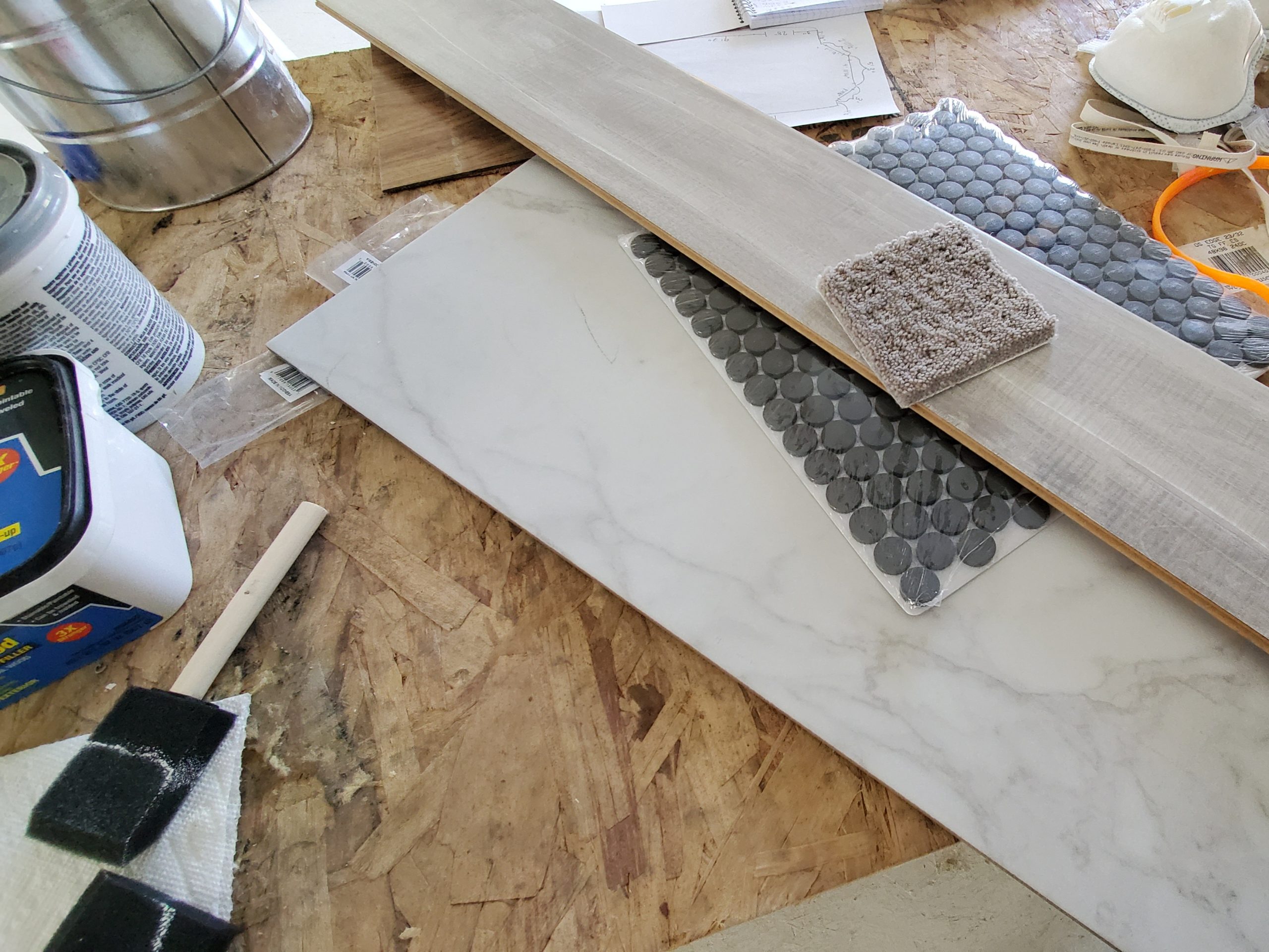











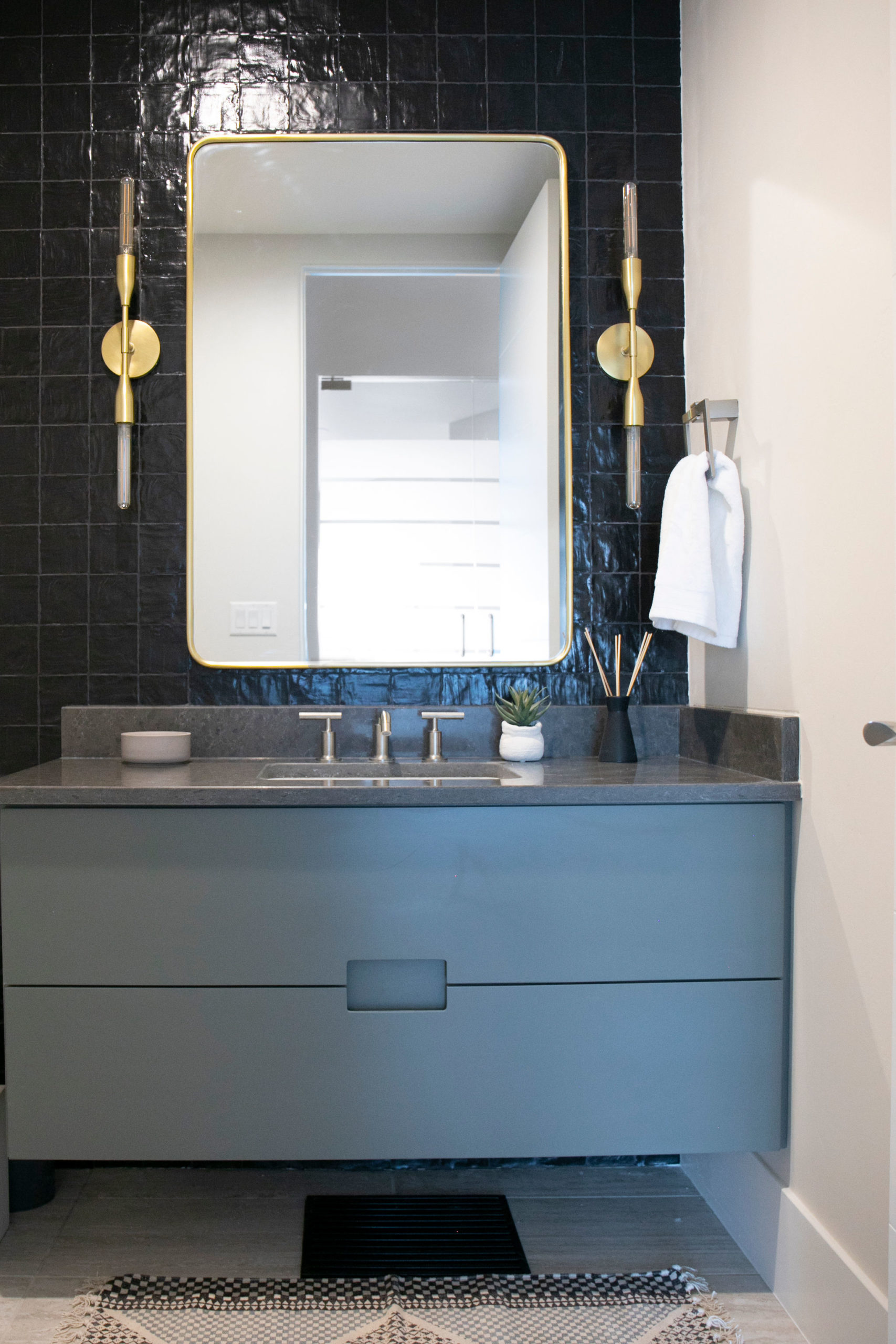


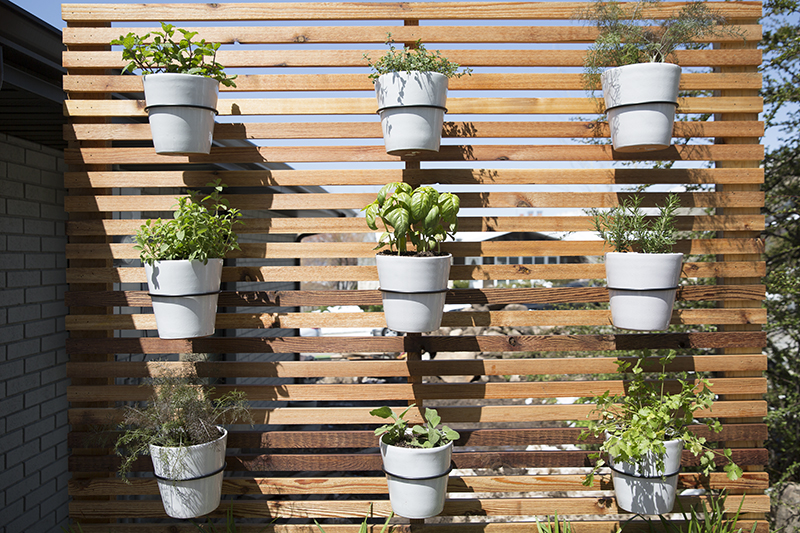




















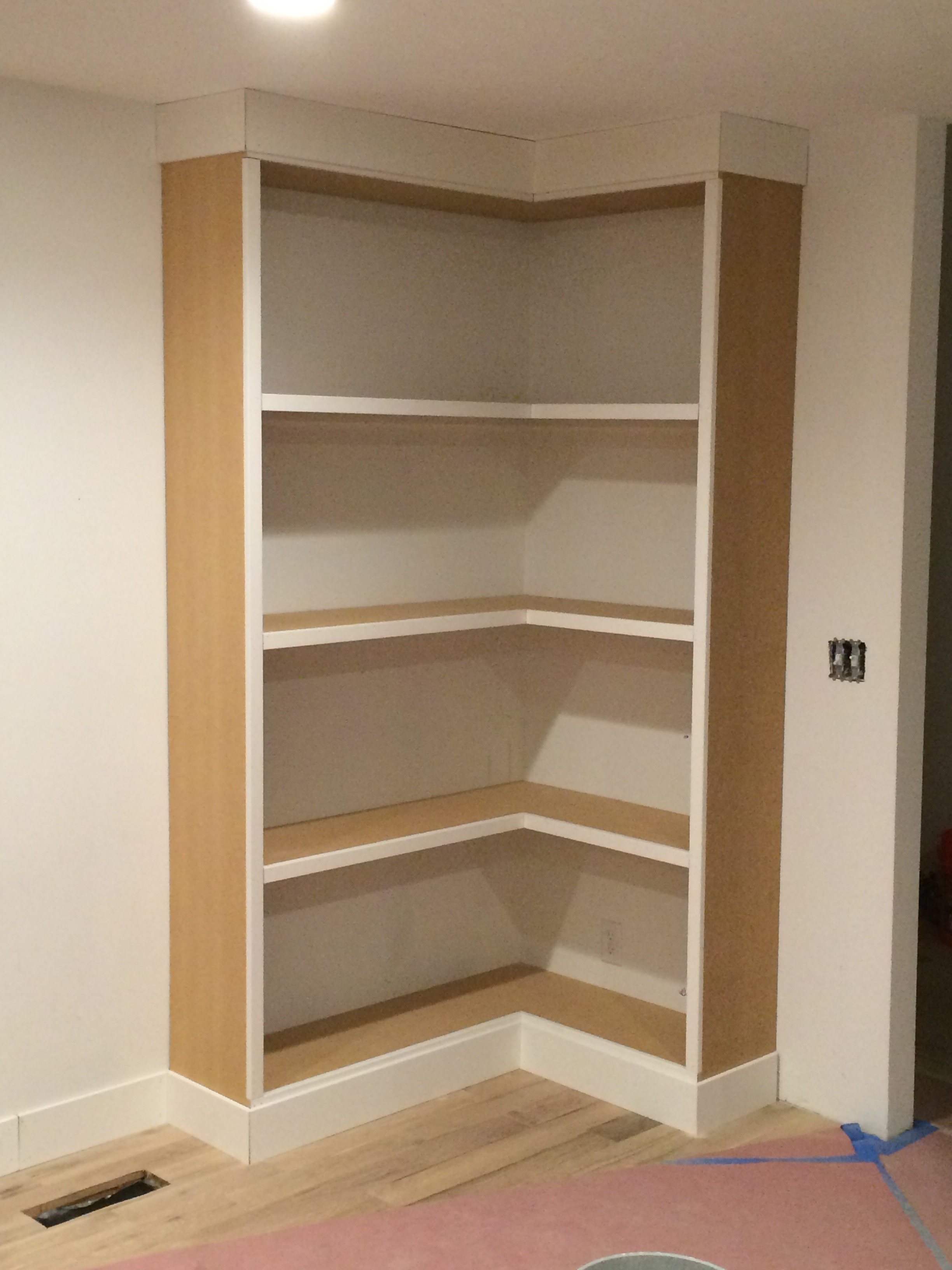








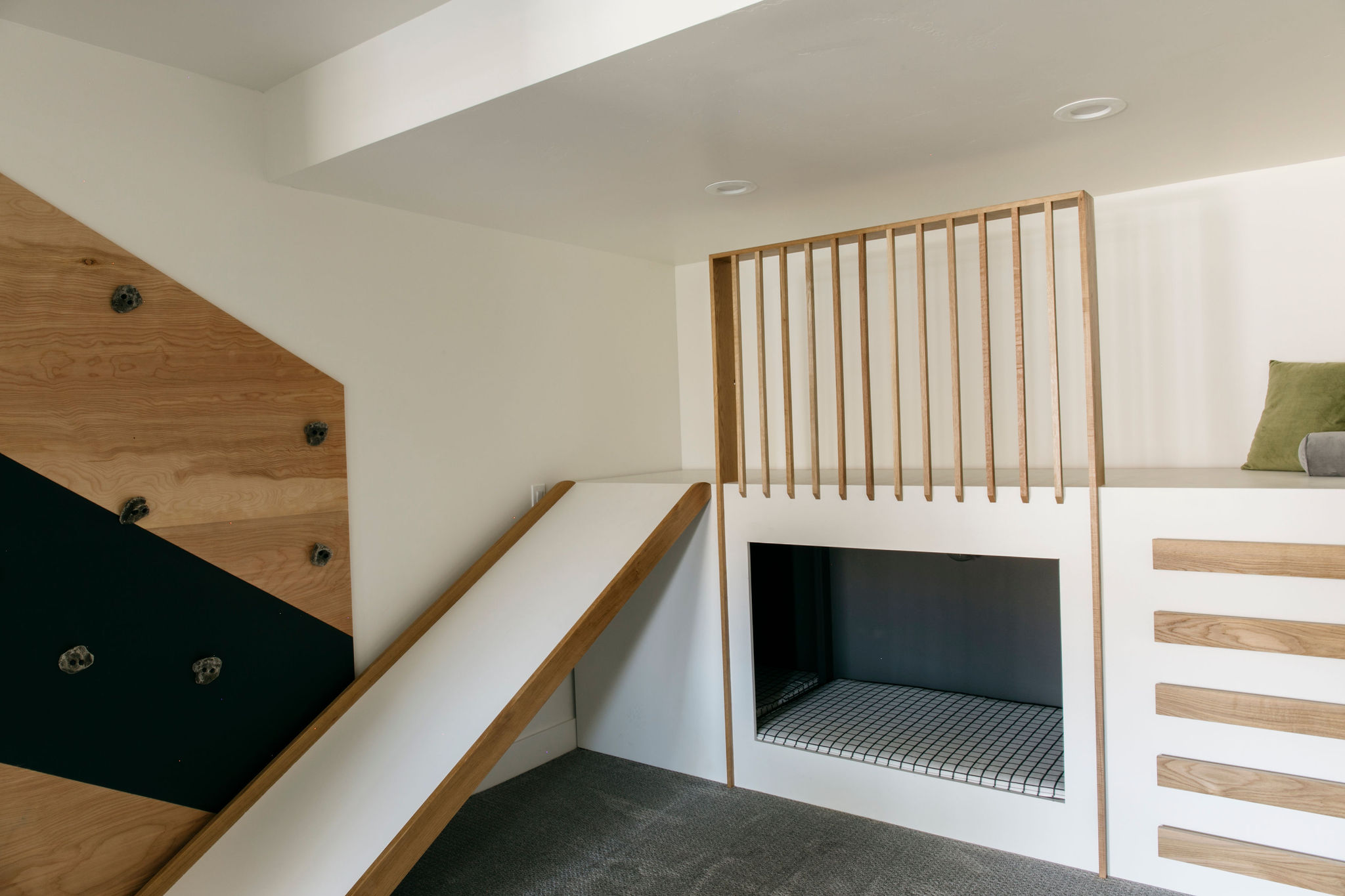
















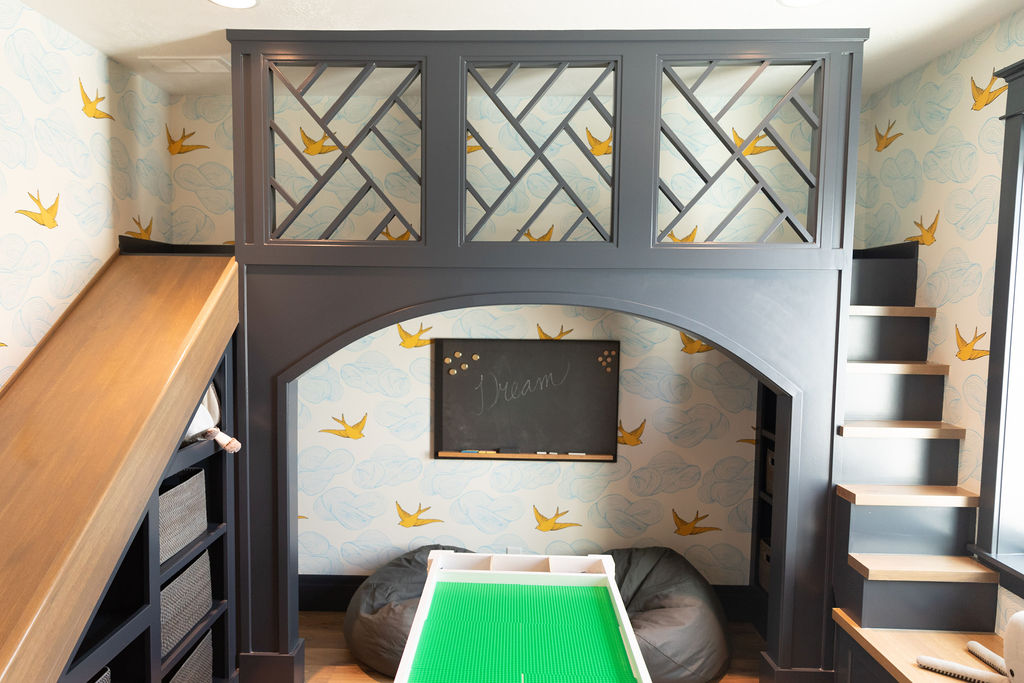






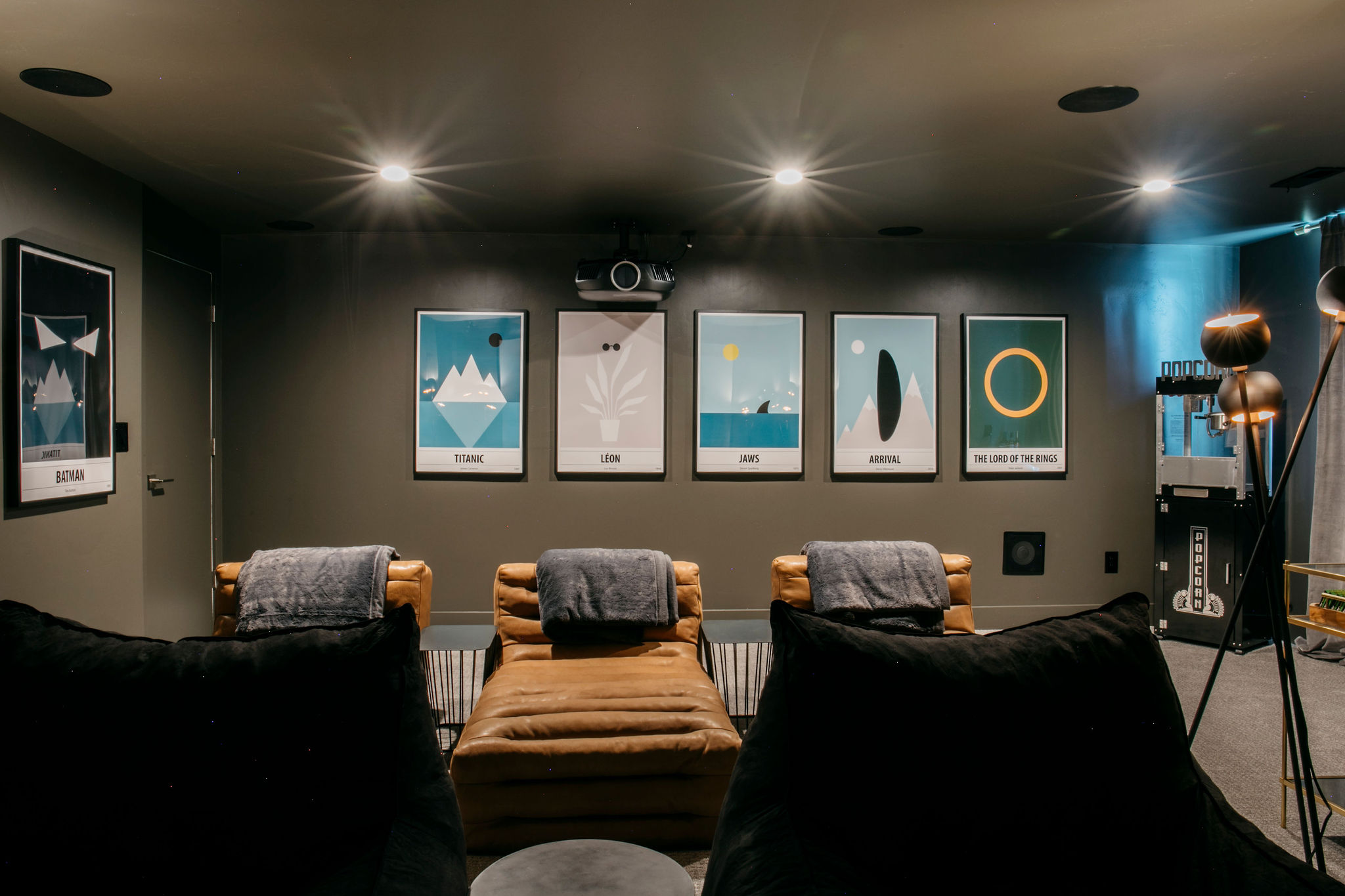

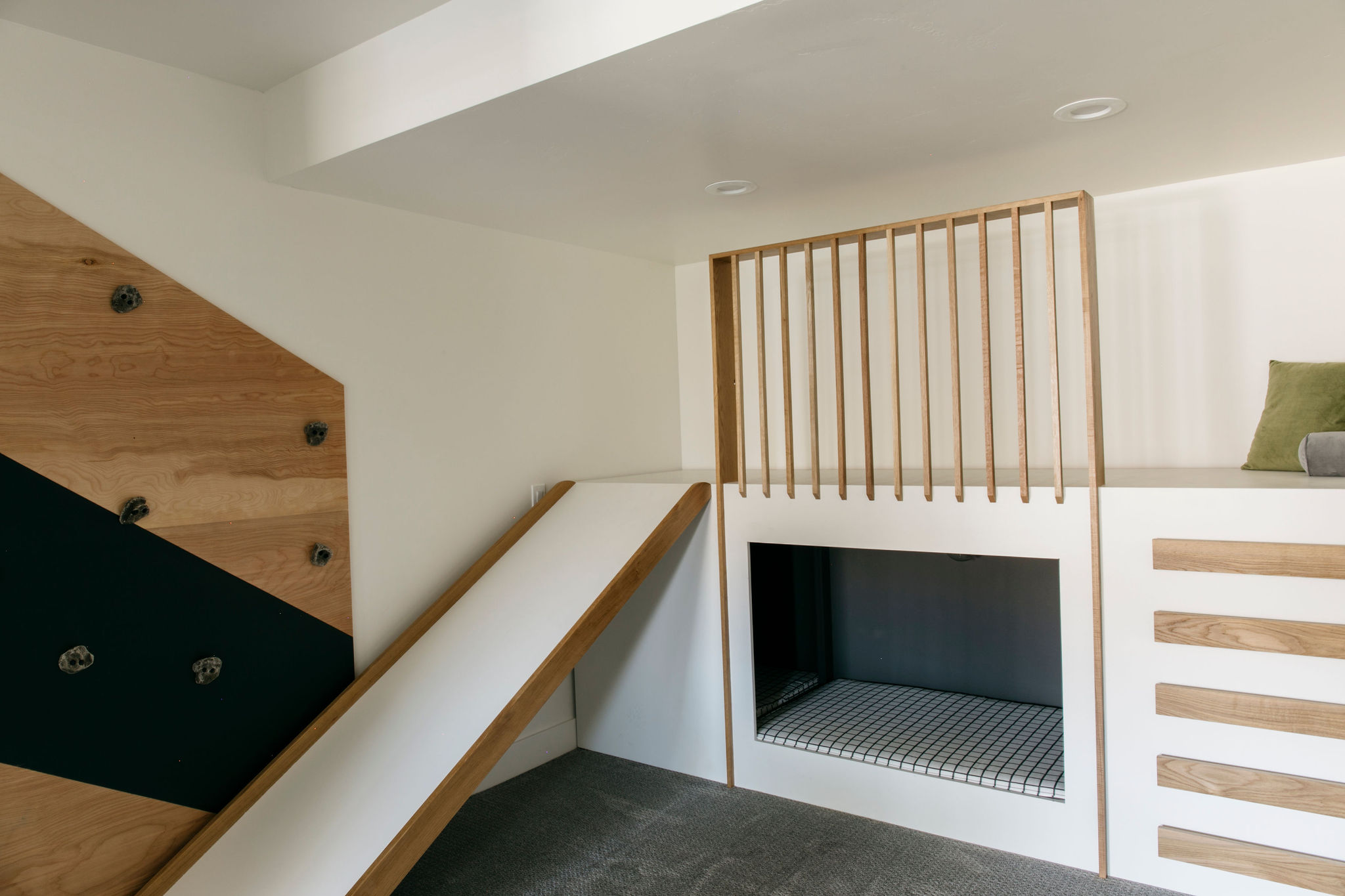




really, really cool photos. i’m going to have to give this a whirl!
well its certainly something i hadnt even thoiught about. i can see how it helps as it reduces impact on joints. now all i need is a pool at my house lol